Introduction
Apple is once again making headlines in the tech world with rumors that it’s working on a ‘mostly glass, curved iPhone’ set to debut in 2027. This isn’t just an aesthetic shift—if the reports are accurate, this device could signal a massive change in how smartphones are built, used, and perceived.
Let’s explore the details, implications, and potential of Apple’s futuristic vision.
A Look Back at Apple’s iPhone Design Evolution
2.1 The Birth of the Iconic iPhone (2007)
Steve Jobs introduced the first iPhone in 2007—a device that set the gold standard for smartphones.
2.2 Flat Glass to Rounded Aluminum
Over the years, Apple experimented with form factors: flat edges (iPhone 4), rounded frames (iPhone 6), and more angular edges again in recent models (iPhone 12–15).
2.3 Innovation Through Materials
Apple evolved its materials: aluminum, stainless steel, and most recently, titanium. The 2027 glass model could be its most ambitious step yet.
Leaks and Hints: What We Know So Far
3.1 Patent Filings
Several Apple patents indicate interest in flexible displays, curved edges, and full-glass bodies with embedded sensors and haptics.
3.2 Trusted Leakers Speak Out
Renowned Apple analysts like Ming-Chi Kuo and Mark Gurman suggest that Apple is indeed working on an all-glass design with advanced curvature, slated for 2027.
3.3 Concept Renders
Concept artists have created speculative images showing wraparound displays, transparent elements, and edge-touch controls.

The Concept of a Mostly Glass iPhone
A “mostly glass iPhone” would mean:
-
Front and back made entirely of curved glass
-
No visible bezels or physical buttons
-
Internals possibly embedded between glass layers
-
Virtual buttons integrated into the side panel
This design could make the phone look like a seamless, futuristic slab—like something out of a sci-fi movie.
Curved Display Technology Explained
5.1 What is a Curved Display?
A curved screen bends at the edges or wraps slightly around the phone. It enhances immersion and aesthetics.
5.2 Benefits of Curved Displays
-
Wider viewing angles
-
More immersive experience
-
Edge-based notifications and shortcuts
5.3 Risks and Challenges
-
Accidental touches
-
Fragility
-
Repair complexity
If Apple introduces this, it would likely solve these problems with advanced haptics and software calibration.
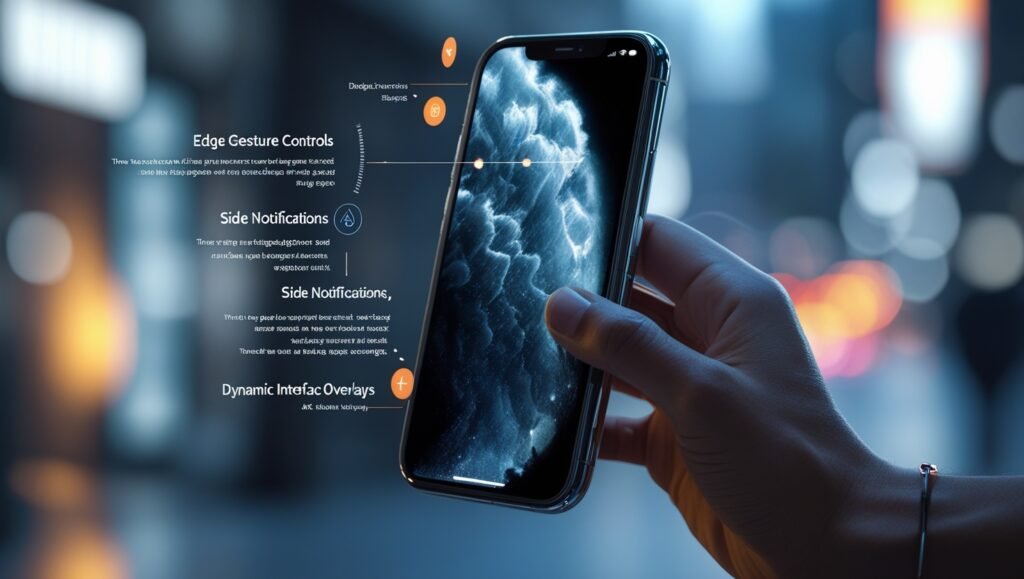
Apple’s Possible Use of Advanced Materials
Apple never compromises on build quality. The company could use:
-
Corning Gorilla Glass 8 or higher for toughness
-
Sapphire-infused glass for scratch resistance
-
Liquid metal or ceramic composite frames to support the glass
6.1 Self-Healing Coating?
Rumors suggest Apple is testing self-healing glass, which could automatically repair micro scratches over time.
Expected Hardware and Software Innovations
7.1 A19 Bionic Chip or Higher
By 2027, Apple may launch the A19 or even A20 chip, likely built on a 1.5nm process, ensuring:
-
Superior battery efficiency
-
AI/ML capabilities
-
Unmatched gaming performance
7.2 Under-Display Camera and Face ID
The curved glass model may debut with fully invisible cameras and Face ID sensors—eliminating notches or dynamic islands.
7.3 Haptic Buttons
Apple could finally eliminate physical buttons entirely and replace them with pressure-sensitive haptic zones on the glass edge.
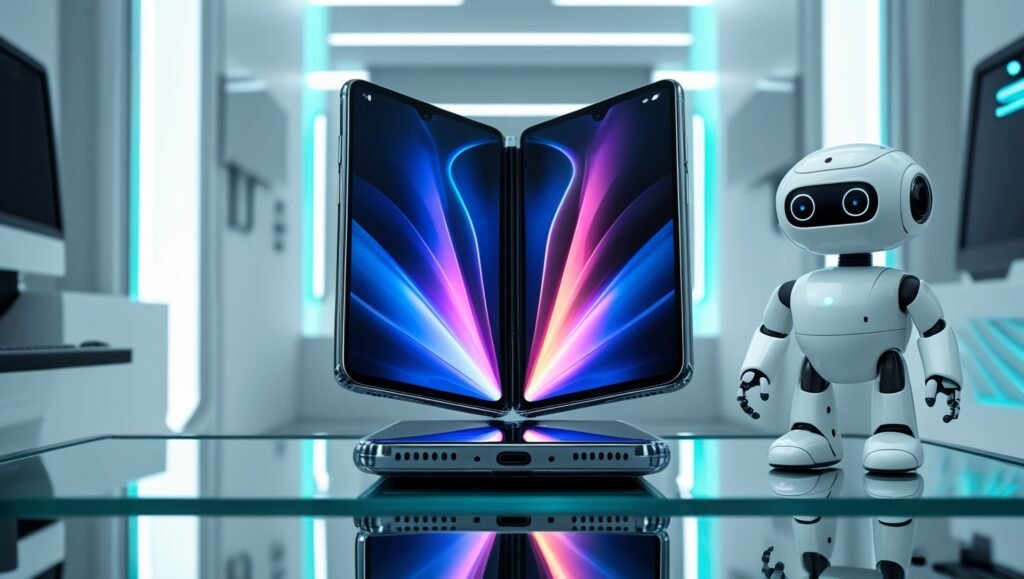
Impact on Usability and Durability
8.1 User Interface Revolution
Curved glass might introduce a completely new interaction model, like side-swipes, edge gestures, and virtual touchbars.
8.2 Durability Concerns
Even with tougher glass, a fully curved device may be fragile. Apple might develop shock-distribution technology using micro-layers.
8.3 Water and Dust Resistance
Expect IP68++ certification or higher, making it more resistant to extreme environments.
Environmental Considerations
Apple is aiming for 100% carbon neutrality by 2030. The 2027 model could use:
-
Recycled rare earth materials
-
Plastic-free packaging
-
Longer-lasting batteries
With a full-glass body, recycling procedures will be revamped using laser separation and robotic disassembly.
Competitive Landscape
10.1 Samsung and Xiaomi Are Close
Samsung already offers curved displays in their Galaxy Edge and Fold series. Xiaomi’s Mi Mix Alpha once had a wraparound screen.
10.2 But Apple Is Different
Apple focuses less on “firsts” and more on refined, seamless experiences. When Apple releases something, it’s usually years ahead in polish.
Anticipated Price & Release Date
11.1 Estimated Pricing
| Model | Storage | Expected Price (USD) |
|---|---|---|
| iPhone 2027 (Base) | 256GB | $1,499 |
| iPhone 2027 (Pro) | 512GB | $1,899 |
| iPhone 2027 (Pro Max) | 1TB | $2,299 |
11.2 Release Date Window
Industry insiders project a September or October 2027 launch, continuing Apple’s traditional fall event schedule.
Expert Opinions and Analyst Predictions
12.1 Ming-Chi Kuo
Kuo predicts this iPhone will “usher in the second major visual redesign since the iPhone X” and mark a leap in hardware innovation.
12.2 TechRadar and The Verge
Early reports from media suggest Apple is preparing something “massively disruptive” that will “change our relationship with the smartphone screen.”
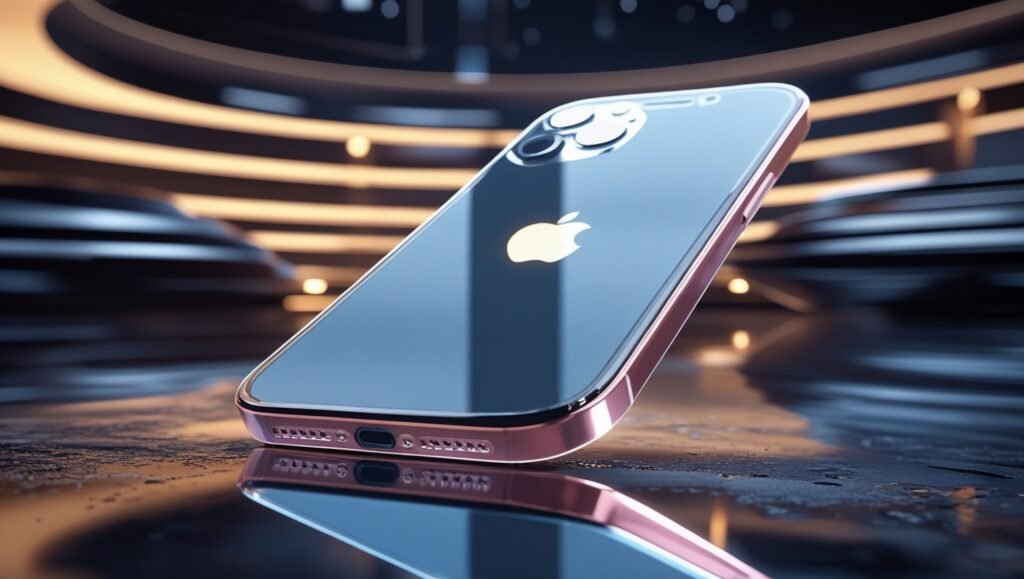
What This Means for the Future of iPhones
The 2027 iPhone could trigger:
-
New iOS experiences designed for edge interfaces
-
Wider adoption of touchless and AI-powered controls
-
Design language influencing iPads and MacBooks
It could also mark the beginning of fully modular, glass-based devices, merging phones with AR/VR platforms.
Final Thoughts
The rumored curved, mostly-glass iPhone of 2027 is not just a rumor—it’s a vision of the next era in mobile computing. Apple appears ready to push boundaries by blending artistry, innovation, and sustainability.
While there are still many unknowns, the possibility of holding a fully immersive, curved, intelligent slab of glass in your hand is exciting—and very real.
FAQs
Q1. Will the 2027 iPhone be foldable?
No confirmed sources mention foldability—it’s likely to be a fixed, curved glass design.
Q2. Will it be more fragile than current iPhones?
Apple will likely use stronger glass composites and advanced bonding techniques to improve durability.
Q3. What OS will it run?
A future version of iOS, possibly iOS 21, optimized for edge and gesture interactions.
Q4. Will older iPhone apps work on it?
Yes, Apple always ensures backward compatibility for standard apps.
Q5. Will the device support Apple Vision Pro features?
Yes, it’s likely to be deeply integrated into the spatial ecosystem Apple is building.
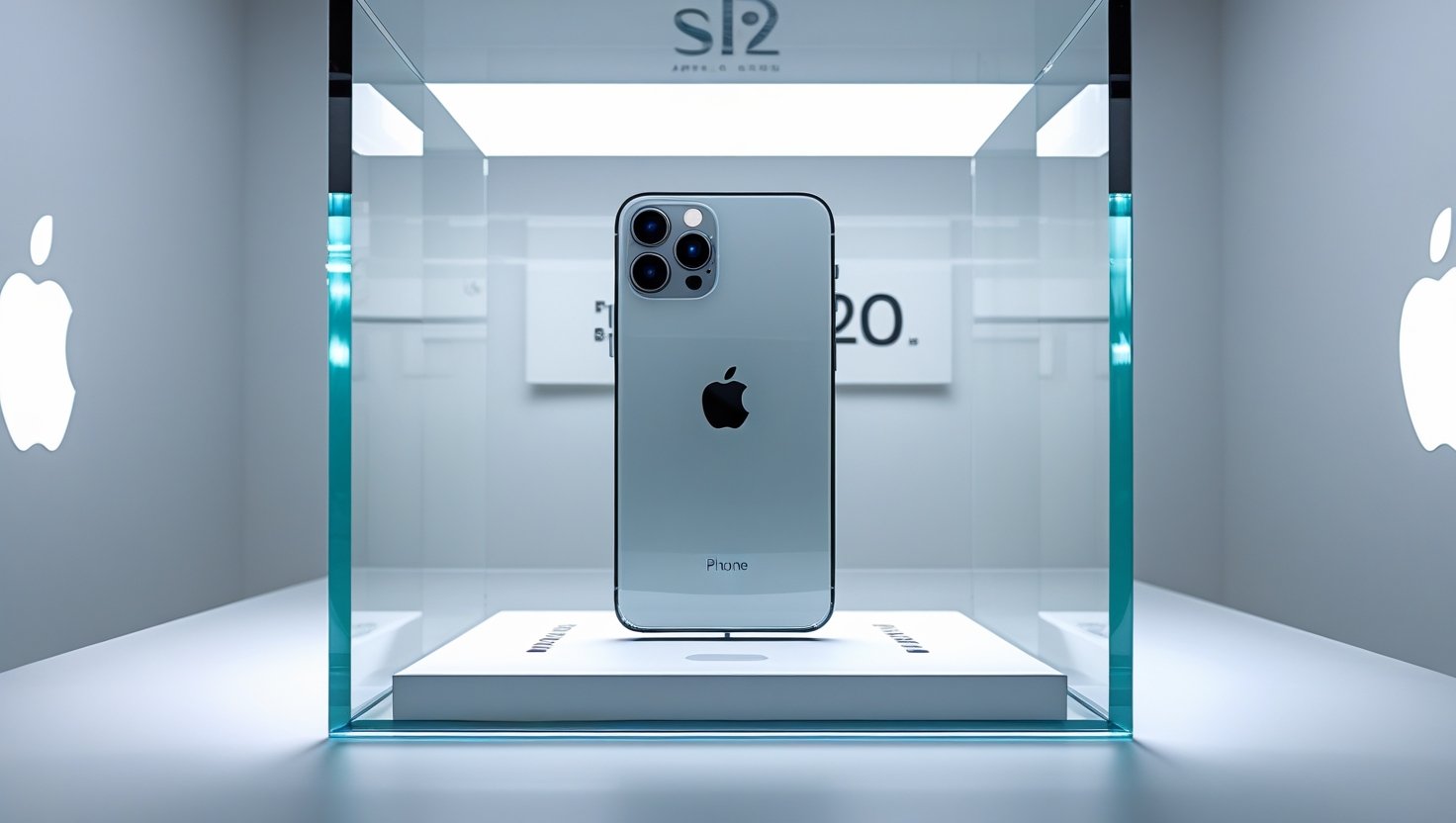





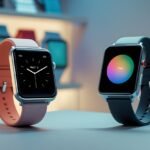


Leave a Reply